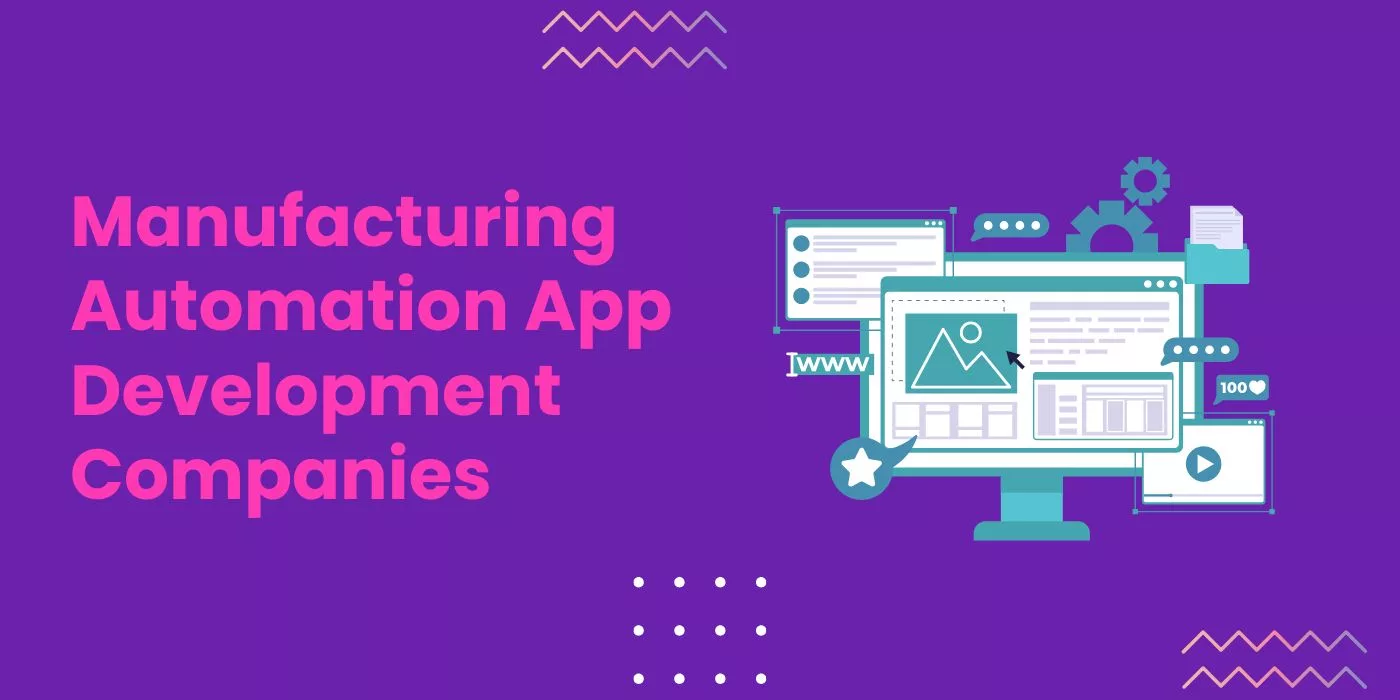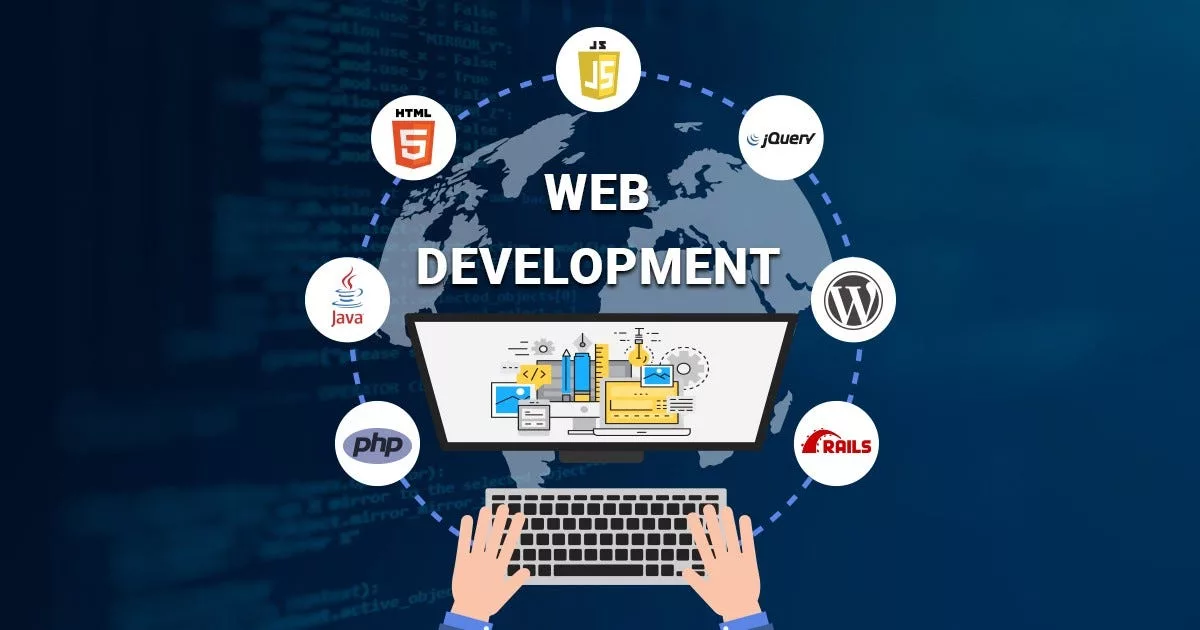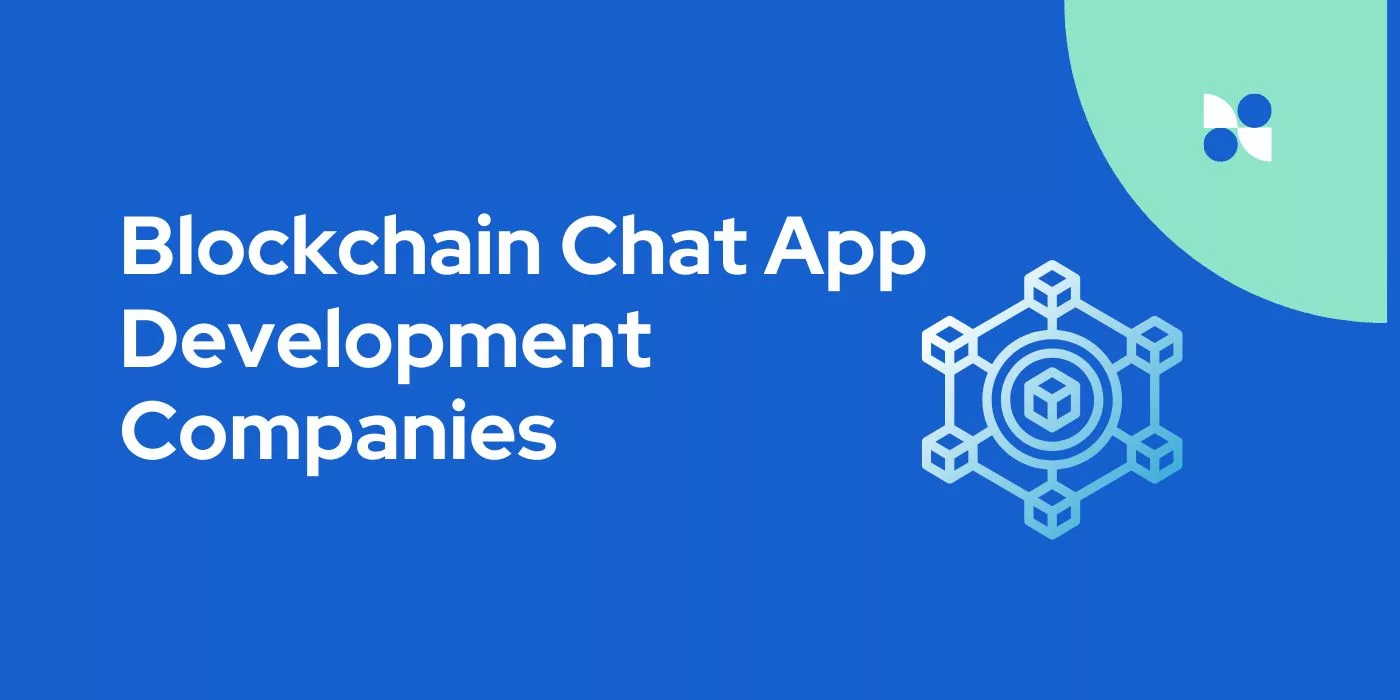If you still think AI is coming to replace your job, you’re missing the point entirely. The real threat isn’t that robots will sit at your desk—it’s that someone else is using AI to build a smarter, faster, cheaper version of you. Right now, in 2025, entrepreneurs aren’t worried about getting laid off—they’re too busy launching entire businesses powered by tools like GPT-4, Midjourney, and AutoGPT that automate what used to take a team of ten.
From AI influencers that never sleep to fully autonomous e-commerce stores that respond to trends before they go viral, the future of entrepreneurship doesn’t need your résumé. It needs your ability to adapt. What we’re seeing isn’t the death of work—it’s the rebirth of competition. And your biggest rival? They might not even be human.
In this blog I have discussed the explosive trend of new competition—who’s building it, how it’s scaling faster than traditional businesses, and what you need to do right now to stay relevant in the game.
Before reading further you can have a look at our trending blog on Top Web Development Trends Every Business Should Watch.

- 1. The AI-Powered Solopreneur
- 2. Tokenized Ownership & DAOs
- 3. Climate-First Business Models
- 4. The Longevity Economy
- 5. Micro-Credentialed Talent Marketplaces
- 6. Hyper-Personalized Customer Experiences
- 7. Borderless Companies & Global Regulation
- 8. Impact Metrics as Table Stakes
- 9. Financing Disruption
- 10. Immersive Commerce (AR / VR)
- FAQ’s
1. The AI-Powered Solopreneur
Again, if you still think AI is gunning for your job, you’re already two moves behind. The real danger isn’t a robot in your swivel chair—it’s a founder who’s plugged GPT-4o, Midjourney V7, and AutoGPT into a weekend side-project and emerged Monday with a business that scales like a ten-person team for the cost of a Netflix subscription.

The data behind the hype
Low-code and no-code platforms now power roughly 70 % of all new applications built in 2025—up from barely a quarter five years ago. By 2026, analysts expect that figure to hit 75 %, with citizen developers outnumbering professional coders four-to-one. The takeaway: speed is no longer limited by how many engineers you can afford but by how quickly you can articulate a prompt.
Proof it’s already working
- Seven-figure solo SaaS founders are using AI for everything from customer-success chatbots to real-time pricing engines, letting them keep overhead near zero while out-iterating VC-backed rivals.
- Cluely, a viral AI startup, employs only two types of people—engineers and influencers—because every other function is automated or outsourced to AI.
Why this matters
Competition has been reborn: your fiercest rival might be a college student with a laptop—or a non-human agent that never sleeps. The differentiator isn’t résumés; it’s adaptability, creativity, and how fast you can spin up an MVP, test, and pivot before the algorithmic market shifts again.
Checklist: Launch lean, scale smart
- Pick one high-margin pain point you know well; niche is leverage.
- Prototype in hours, not weeks with low-code builders like Bubble or Make.com.
- Embed an AI co-pilot (GPT-4-o API, Claude-3, etc.) to handle support, docs, and data crunching from day one.
- Automate growth loops: train Midjourney on your brand style for infinite ad creatives; schedule iterative A/B tests with AutoGPT agents.
- Measure what matters: revenue per human hour. If it isn’t climbing, automate again.
Master this playbook, and you’re not just safe from AI—you’re wielding it as an unfair advantage.
Also read: Marketing Strategies To Skyrocket Your Business Growth
2. Tokenized Ownership & DAOs
What if your next investor isn’t a Sand Hill VC but a Discord community sitting on US $12.9 billion in liquid on-chain treasury funds? That capital is already live, voting 24/7 on which founders deserve its backing—and 2025 is the year it breaks into the mainstream.

Cap tables are going on-chain
Turning shares into blockchain tokens isn’t just crypto fan-fiction anymore—it’s cap-table hygiene. Tokenized equity settles in seconds, keeps ownership up-to-date in real time, and unlocks compliant secondary markets that used to be reserved for unicorns. Platforms like Astrella now let startups issue tokenized shares from day one, so dilution math updates itself every time an investor clicks “buy.”
Proof it’s already happening
Republic just announced retail-grade tokens tracking private SpaceX shares—minimum ticket: US $50. If a household brand can be fractionalized for weekend investors, your Series A is next.
DAOs are the new SPACs—only faster
DAO treasuries grew 28 % year-over-year, yet the average governance participation still hovers between 15 % and 25 % of token holders—meaning motivated founders can sway nine-figure budgets with a convincing pitch deck and a little “degen diplomacy.”
Regulators finally showed up (and that’s good news)
Europe’s MiCA rules and the US GENIUS Act lay out licensing, reserve, and disclosure playbooks that legitimize tokenized assets instead of banning them. Brussels wants audit trails; DC wants proof-of-reserve; founders just got a roadmap. Expect a wave of compliant DAOs and on-chain stock notes over the next 18 months.
Why this one matters
Ownership is no longer a PDF your lawyer emails once a quarter—it’s programmable, tradeable, and governed by the crowd. The flip side: crowds are fickle. Cap tables that used to change every funding round can now mutate daily. Blink and you’ve ceded control.
Checklist: Surf the tokenization wave
- Launch your cap table on-chain with tools like Astrella or Carta X—future-proof from day zero.
- Design governance hooks early: allocate a “community class” of tokens that lets superfans (or customers) vote on feature roadmaps.
- Master DAO diplomacy: hang out where treasury delegates live (Tally, Commonwealth) and learn proposal etiquette before you need the funds.
- Stay regulatory-ready: bake MiCA/GENIUS compliance into token smart contracts—auditors will ask.
- Measure “ownership volatility”—how often and by how much tokenized stakes move each month; build guardrails if the number makes you sweat.
Nail these moves and tomorrow’s investors—human or DAO—will see you as a founder who treats tokens not as a gimmick but as the new fabric of entrepreneurship.
Also have a look at: 8 Marketing Strategies for Startups: Small Budget, Big Impact
3. Climate-First Business Models
If you still think “sustainability” is code for higher costs, you’re reading 2015 headlines. In 2025 nearly half of U.S. shoppers (49 %) bought an eco-friendly product in just the last month, and another 36 % tried but couldn’t find one—demand is eclipsing supply, not vice-versa.

The data behind the hype
- Green premiums are evaporating. Consumers have already moved: only 15 % say they don’t care about environmental impact.
- Carbon-tracking is a SaaS land-grab. The carbon-management software market is worth $2.5 billion today and compounding at 25 % CAGR toward $15 billion by 2033.
Proof it’s already working
- Watershed, now valued at $1.8 billion, tracks emissions for 60 Fortune 500 clients—all with fewer than 400 employees, thanks to an AI-heavy stack.
- Investors haven’t left the room; they’ve just changed the rules. While 69 % expect FOAK (first-of-a-kind) capital to dry up, they’re doubling down on “policy-proof” SaaS and energy-efficiency plays.
- New money is forming offshore: Norway’s Aker-backed fund will deploy €1 billion for energy-transition projects starting this year—one of a dozen similar vehicles launched since January.
Why this matters
Regulators from Brussels to California are turning voluntary ESG checklists into mandatory disclosure. In the same way GAAP forced every company onto QuickBooks, Scope 1-3 rules are making carbon ledgers table stakes—and whoever owns the emissions data owns the customer relationship.
Checklist: Turn climate from cost to moat
- Publish an impact dashboard. Treat grams of CO₂e per dollar of revenue the way SaaS founders treat churn—report it monthly and watch investors lean in.
- Baseline by Friday. Spin up Watershed, Persefoni, or Greenly to get a full-scope carbon snapshot before your next board meeting.
- Price the planet. Tie at least one product line to a clear CO₂-saved metric and test willingness-to-pay; consumers are signaling they’ll switch for proof, not promises.
- Automate reduction loops. Connect your carbon API to ops—have purchase orders flag higher-footprint suppliers automatically.
- Court catalytic capital. Target climate-focused funds (EU Catalyst, ICP Energy Transition, etc.) that explicitly finance decarbonization milestones instead of pure revenue growth.
Also read: How AI is Bringing Revolution to Different Industries?
4. The Longevity Economy
If you still picture “senior citizens” as a niche, the numbers will snap you awake: by 2030 one in five humans will be 60-plus, and this cohort will control nearly a third of global income.

The data behind the hype
- $43 trillion in spending power. Consumers over 60 are on track to out-spend every other age band by 2040, closing the decade with a purse fatter than the combined GDP of the U.S. and China today.
- They still want to work. Up to 25 % of people aged 55-plus say they’d keep working if barriers such as age bias and inflexible schedules disappeared.
- But work is reshaping. Among Americans aged 65-plus who do have a job, 38.3 % are now part-time, signaling demand for bite-size, skills-based gigs rather than 40-hour weeks.
Proof it’s already working
- Investor stampede: Funding for longevity biotech and wellness startups doubled to $8.5 billion in 2025, with Altman-backed Retro Biosciences kicking off a new $1 billion raise this year.
- Robot caregivers are here: The elder-care assistive-robot market hits $3.17 billion in 2025 and is compounding at 12 %—think PARO therapeutic seals or Grace humanoids that monitor vitals while cracking grandma jokes.
- Luxury age-tech funds: Clinique La Prairie’s new €100 million Longevity Fund hunts Series B startups turning lab science into spa-smooth consumer goods—proof that “anti-aging” has crossed from biotech to lifestyle.
Why this matters
Older adults aren’t a “vulnerable segment”—they’re the fastest-growing pool of capital, talent, and attention. Startups that ignore them will face demographic headwinds; those that design with them can tap a market bigger than Gen Z and Gen Alpha combined. From fractional-hour expert marketplaces to AI companions that reduce social isolation, every traditional business model has a silver-economy variant waiting to be built.
Checklist: Win the longevity decade
- Design for ability, not age. Use inclusive UX (bigger fonts, voice controls) that feels premium, not paternal.
- Productize micro-work. Build platforms offering 55-plus professionals project-based gigs—flexible hours, pay transparency, optional reskilling add-ons.
- Bundle healthspan perks. Pair your core product with wearables, tele-nutrition, or sleep coaching; boomers will pay more for extra healthy years.
- Automate care gaps. Explore partnerships with elder-care robot vendors or AI check-in services to reduce human-staff load while raising service levels.
- Track “silver CLV.” Report lifetime value of 60-plus users separately; investors love seeing a growth engine most competitors overlook.
Master these moves and you won’t just ride the gray wave—you’ll steer it.
Also read: Top Cybersecurity Tips for Remote Workers
5. Micro-Credentialed Talent Marketplaces
In 2025 the real career passport is a cryptographically signed skills wallet that a recruiter—or an algorithmic talent agent—can verify in milliseconds. If you can’t present one, someone who can will under-bid you on speed and trust.

The data behind the hype
- 96 % of employers say a micro-credential strengthens a candidate’s application, and 90 % are ready to pay a salary premium for verified skills over traditional degrees.
- A skills-first future is already scheduled: by 2026 more than 500 million people will use digital identity wallets, and 75 % of job-seekers say such a wallet would make job hunting easier.
- The supply of credential-ready talent is surging; LinkedIn profiles mentioning “fractional” roles jumped from 2 k in 2022 to 144 k by Dec 2025.
Proof it’s already working
- Talent Protocol turns GitHub commits, hackathon trophies, and DAO governance activity into an on-chain Builder Score that recruiters can query via API. Its tokenized reputation layer has backing from Protocol Labs and GSR.
- Identity verification is investable: Humanity Protocol just closed a $20 million round at a $1.1 billion valuation for biometric “proof-of-human” credentials.
- Companies are reorganizing around this skills liquidity. Forbes calls it a “$280 billion shift” toward fractional back-office talent powered by verifiable credentials rather than head-count.
Why this matters
Hiring is transforming from résumé keyword-sifting to credential graph matching. That flips power toward workers (or autonomous agents) whose provable micro-skills fit a project’s exact need, for exactly the hours required. Startups that bake verifiable credentials into their talent stack can spin up world-class teams—finance, design, even C-suite—within days instead of quarters, paying only for outcomes.
Checklist: Build your skills-first moat
- Issue wallets at onboarding. Integrate open-standard VC wallets (EBSI, Open Badges 3.0) so every course, code push, or sales milestone mints a proof.
- Hire from reputation graphs, not résumés. Query Talent Protocol, Gitcoin Passport, or Braintrust to surface pre-verified experts.
- Token-gate opportunities. Reward contributors with soul-bound “skill NFTs” that unlock premium gigs or equity pools as their credential stack grows.
- Measure credential velocity. Track how many new verifiable skills your team earns monthly; optimize L&D budget toward high-ROI micro-certs.
- Automate compliance. Plug wallets into HRIS so background checks, NDAs, and continuing-ed requirements verify themselves.
6. Hyper-Personalized Customer Experiences
Think tailoring an email subject line counts as personalization? Cute. In 2025, brands are printing seven million Nutella jars—each with a one-off AI-generated label and watching the entire run sell out in weeks. When every product, price, and push-notification can morph to a segment of one, the question isn’t whether you personalize but how deeply—and how ethically—you do it.

The data behind the hype
- 66 % of enterprise marketers already operate a data-clean-room to stitch together first-party insights without leaking PII.
- 88 % of CX “trendsetters” call AI-driven personalization mission-critical.
- 71 % of consumers now expect customized offers and content, and 60 % become repeat buyers when they get it.
Proof it’s already working
- Calm boosted daily in-app usage 3.4 % by feeding first-party behavior into Amazon Personalize.
- Coca-Cola’s “Create Real Magic” contest let fans co-design ad assets with ChatGPT & DALL-E, generating 120 k pieces of UGC in 48 hours.
- Retailers using clean rooms for collaborative targeting report +22 % ROAS versus look-alike audiences.
The privacy squeeze is real
Europe’s Digital Services/Markets Acts already ban sensitive-data targeting and are actively fining violators (Meta is staring down daily DMA penalties as of June 27 2025). Meanwhile, the forthcoming EU Digital Fairness Act and a U.S. patchwork of 20-plus state privacy laws are tightening consent, transparency, and opt-out rules on algorithmic offers. Personalization that ignores compliance will soon be too risky to ship.
Why this matters
Data is the new creative department. Whoever masters secure, permissioned insight loops will predict demand before competitors even spot the trend—without tripping regulatory wires. Personalization has evolved from a conversion booster to a defensive moat; get it right, or someone else will win your customers’ algorithmic loyalty.
Checklist: Build hyper-personalization without the handcuffs
- Run a first-party audit. Map every touchpoint collecting consented data; kill zombie trackers.
- Join—or build—a clean room. Treat it as core infra, not a pilot.
- Deploy generative content on-demand. Auto-create SKUs, ads, or UI themes from real-time preferences.
- Embed privacy-by-design. Hard-code DSA “no minors, no sensitive data” rules into targeting logic.
- Measure incremental CLV uplift. Benchmark revenue per personalized session against control traffic; iterate the prompt if lift < 10 %.
Nail these moves and you’ll stop guessing what customers want—your data will whisper it to you, legally, in real time.
7. Borderless Companies & Global Regulation
Still think “global expansion” requires an office lease and a maze of entity paperwork? In 2025, a founder can spin up a fully compliant team in 10 countries before lunch—without ever hiring a local lawyer. Employer-of-record (EOR) platforms, e-residency passports, and a tidal wave of digital-nomad visas have turned national borders into little more than UX settings.

The data Supporting this hype
- $4.9 B EOR market—up 6.8 % YoY. More than 58 % of multinationals now rely on EORs to dodge local-entity drag.
- 68 countries issue digital-nomad visas (Slovenia joined last week), up from 40 just two years ago.
- The globe hosts ≈ 40 million digital nomads, injecting about $800 M into local economies each year.
- 126 k+ Estonian e-residents have launched 36 k companies entirely online; Portugal, Lithuania, and even South Africa are rolling out “e-Residency 2.0.”
- OECD Pillar Two minimum-tax rules go live this fiscal year, forcing remote-heavy firms to prove where value is created—or pay a 15 % top-up.
Proof it’s already working
- Deel onboarded workers in over 160 jurisdictions last quarter with an average contract setup time of 14 minutes—numbers that would have taken law firms weeks.
- Remote.com’s new “Contractor-of-Record” service shifts statutory liability off the startup’s books entirely, letting founders hire gig talent in Brazil, India, or Germany with one click.
- Cities from Lisbon to Nairobi are reporting double-digit jumps in co-working occupancy after launching nomad-visa incentives, directly tying desk rentals to visa policy.
Why this matters
Borders aren’t gone—but compliance has been abstracted. That flips competitive advantage toward founders who understand platformized sovereignty: treat every new visa, residency permit, or tax treaty like an API call. The catch? Regulators are simultaneously tightening the screws (OECD, EU DMA/DSA, state-level privacy statutes). Your stack must prove both worker legitimacy and tax fairness, or face fines that erase any labor-arbitrage gains.
Checklist: Operate borderless without stepping on land mines
- Pick an EOR early. Compare Deel, Remote, Papaya on two metrics: entity coverage and statutory liability assumed.
- Visa-signal your benefits. Publish a “nomad-ready” perks page (health insurance, permanent-establishment indemnity) to recruit the 40 M global roamer pool.
- Issue digital IDs. Offer employees an e-residency application pathway (Estonia today; Portugal or Lithuania tomorrow) to streamline KYC and e-signature flows.
- Map tax nexus weekly. Feed head-count + revenue geodata into a Pillar Two dashboard; auto-flag when effective tax rate dips below 15 %.
- Localize HR policies by prompt. Let a GPT agent ingest each jurisdiction’s labor code nightly and push contract updates—before the inspector shows up.
8. Impact Metrics as Table Stakes
Still treating ESG as a glossy PDF you upload once a year? That playbook expires this very reporting season. Under the EU’s Corporate Sustainability Reporting Directive (CSRD), the first cohort of large companies must publish audited, standards-based impact statements in 2025 for their 2025 financial year—no metrics, no market access.

The data you must see
- 90 % of S&P 500 firms already issue ESG reports, and 89 % of global investors say those metrics factor into every decision.
- A fresh BNP Paribas survey finds 48 % of asset managers boosting budgets for ESG data acquisition, while 38 % are hiring dedicated impact-measurement talent.
- Regulators are converging: even as the U.S. SEC steps back, California and other states are pressing ahead, and the OECD is pushing new transparency rules for ESG rating providers.
Proof it’s already happening
- B Lab’s April 2025 “B Corp 2.0” standards now demand minimum scores in climate, fair wages, and governance—raising the bar after backlash over perceived greenwashing.
- Iconic mission-brand Dr Bronner’s dropped its B Corp certification in protest, pivoting to deeper outcome-based labels like Regenerative Organic, signalling that voluntary badges must tighten or die.
- Startups such as KOOS.io let marketplaces track each contributor’s impact in real time and auto-distribute rewards when predefined social or climate goals hit—turning dashboards into payroll.
- Investor relations are going live: AI-powered reporting suites slash manual work 15–20 hours per cycle and stream metrics to VCs who now expect “glass-box” dashboards, not quarterly PDFs.
Why this matters
Impact data is morphing from PR accessory to compliance infrastructure—and green-washing litigation is surging. Miss a carbon number or diversity target and you risk enforcement fines, rating downgrades, or term-sheet haircuts. Conversely, founders who surface audited, real-time metrics win cheaper capital and bigger enterprise contracts because buyers can plug those numbers straight into their own CSRD reports.
Checklist: Make impact a competitive moat
- Pick a framework—fast. CSRD if you’re EU-exposed; ISSB + California SB 253/261 if you sell in the U.S.; align KPIs so one data lake feeds them all.
- Automate the ledger. Deploy SaaS such as Persefoni, KEY ESG, or Watershed to stream Scope 1-3, DEI, and governance stats into a single source of truth.
- Dashboards > decks. Give investors a live view of revenue, burn, and impact KPIs; aim for <15-minute data latency.
- Lock in third-party assurance. Independent auditors (or token-based proof protocols) must vouch for your numbers before regulators—or journalists—come knocking.
- Tie compensation to outcomes. Issue “impact options” or soul-bound tokens that vest when carbon intensity or living-wage coverage improves; this aligns teams, customers, and capital around real results.
Master these five moves and impact reporting stops feeling like paperwork—it becomes your hardest-to-copy strategic advantage.
9. Financing Disruption
Still believe the only way to fund a startup is to hand 20 % of your cap-table to a VC? In 2025, founders are tapping a three-layer “neo-capital stack”—revenue-based financing, community crowd-investing, and AI-driven credit scoring—that can put millions in your bank account without giving up a single board seat.

| Trend | 2025 → 2025 Growth Signal |
|---|---|
| Revenue-Based Financing (RBF) | Market leaps from US $5.77 B to $9.81 B in a single year—70 % YoY. |
| Community Crowd-Investing (Reg CF) | Cumulative capital tops US $10 B (2016-2025); average raise climbs from $300 k (2016) to $670 k (2023) and is tracking $730 k for 2025. |
| AI-Scored Lending | Upstart’s models fully-automate 91 % of loans; 93 % of those instant approvals fund—proof that underwriters are already algorithms. |
Proof it’s already working
- Clearco has advanced US $3 B+ to 7,000 e-commerce founders, collecting nothing but a small revenue share.
- Pipe, Capchase, and Wayflyer let SaaS and DTC startups trade future MRR or card sales for cash in < 24 hours—no pitch decks required.
- Upstart-powered banks approve most personal-loan applicants in seconds, cutting origination costs and bringing credit scoring to thin-file or under-banked founders.
- The SEC’s May 2025 report shows Reg CF volumes doubling rural deal flow since 2020 and VC participation jumping 50 % YoY—crowdfunding is now a legit seed-to-Series-A pipeline.
Why this matters
Cheap, programmable capital has escaped the Valley and gone mainstream. Founders who master these rails can:
- Keep control—RBF and Reg CF are largely non-dilutive.
- Move faster—AI underwriters fund in minutes, not months.
- Stay resilient—diversified capital stacks ride out interest-rate swings and VC droughts better than single-source funding.
Ignore the shift and you’ll be price-competing against rivals whose cost of capital is essentially a gross-margin-indexed micro-tax.
Checklist: Build your 2025 capital stack
- Model your payback multiple. For RBF, ensure total payback ≤ 1.5× ARR or you’ll strangle cash flow.
- Plug in real-time metrics. Pipe/Clearco grade you on Stripe, Shopify, and QuickBooks data; clean dashboards = cheaper money.
- Crowdproof your narrative. Draft a Reg CF campaign that doubles as customer acquisition—community investors become superfans.
- Pre-qualify with AI lenders. Feed Upstart-style credit APIs your banking, revenue, and engagement data to unlock instant term sheets.
- Track dilution vs. debt. Review quarterly: equity %, RBF outstanding, and community cap share—optimize for optionality, not just runway length.
Master these five moves and capital becomes a menu, not a gatekeeper—letting you fund growth on your terms while the competition still waits for partner meetings.
10. Immersive Commerce (AR / VR)
If you still think headsets are just for gamers, you’re missing the cash register ringing in mixed reality. In 2025 shoppers are slipping on a Meta Quest 3S, pointing at a holographic shoe wall, and checking out before you can say “add-to-cart.”
The data behind the hype
- Digital-product pages that let customers spin, zoom, or place 3-D models in their living rooms convert 94 % better than flat images.
- Even after a shipment dip this year, IDC projects the AR/VR installed base to top 25 million active headsets by 2026, with smart-glasses growth offsetting headset delays.
- Apple’s Vision Pro shipped an estimated ≈ 450 k units in its first year—tiny, but every set sits on an executive’s desk, not a gamer’s shelf.

Proof it’s already working
- Walmart, Nike, Vanguard, and SAP are among the first brands building Vision Pro apps; Tim Cook brags they’re “leveraging spatial computing” for immersive shopping and training.
- Shopify merchants that add AR to product pages routinely see double-digit lifts—and some pull the Nutella trick: seven-million uniquely labeled jars sold out in weeks.
- Meta’s spring promotion knocked the Quest 3S price down by €30, signaling an industry race to get headsets below the impulse-buy threshold.
Why this matters
Spatial commerce collapses the funnel; when a customer can “try” a sofa in their flat or walk around a sneaker drop in Fortnite, the only decision left is payment. Early movers win three moats at once: higher conversion, lower returns, and a data fire-hose of gesture-level intent that 2-D analytics can’t touch.
Checklist: Bring your store into spatial computing
- Inventory your 3-D assets. Build or contract a pipeline to generate glTF/USDZ models for every hero SKU by Q4.
- Pick the right platforms. Mobile AR covers the masses; Vision Pro and Quest give you premium dwell-time labs.
- Sync commerce APIs. Connect real-time inventory, pricing, and checkout to your spatial front end so the “buy” gesture is live.
- Instrument spatial analytics. Track dwell-time, object manipulation, and gaze-to-purchase lag; treat them like click-stream KPIs.
- Budget for compliance. Spatial data is personal data—bake privacy disclosures and opt-outs into the onboarding scene.
Master these moves and your customers won’t just visit a website—they’ll step inside your catalog.
Final Words
The future of entrepreneurship is no longer a distant forecast—it’s today’s operating system.
- AI turns speed into your ultimate moat: founders who automate first can out-ship teams ten times their size.
- Programmable structures beat paperwork: tokenized cap tables, border-agnostic hiring, and real-time impact dashboards keep you agile—and investable.
- New markets reward the bold: climate tech, the longevity economy, immersive commerce, and crowd-driven finance are expanding faster than legacy incumbents can react.
Master these three shifts and you’ll navigate 2025 with the leverage, capital, and customer insight your competitors still treat as buzzwords.
FAQ’s
What are the biggest trends shaping the future of entrepreneurship in 2025?
The future of entrepreneurship in 2025 is dominated by three macro forces: hyper-automation, programmable ownership, and mission-linked markets. AI copilots and no-code stacks let solo founders launch products in days; tokenized cap tables and DAO treasuries unlock borderless capital; and climate-first or longevity-focused business models create blue-ocean demand. Together, these shifts compress time-to-market, democratize investment, and reward impact-driven innovation—reshaping who can start, fund, and scale a company.
How will AI change the role of entrepreneurs over the next five years?
Rather than replacing entrepreneurs, AI becomes their leverage engine. Generative models write code, generate ads, and handle level-one support, freeing founders to focus on vision, niche insight, and rapid iteration. Metrics like “revenue per human hour” gain prominence as teams shrink and margins expand. Entrepreneurs who master prompt engineering and workflow orchestration will out-ship larger competitors; those who ignore AI risk being undercut by faster, cheaper, algorithm-powered rivals.
What funding options exist for startups in the future of entrepreneurship landscape?
Traditional venture capital now sits beside a “neo-capital stack”: revenue-based financing (RBF) that trades future cash flow for non-dilutive advances; community crowd-investing under U.S. Reg CF rules, turning customers into shareholders; and AI-driven credit scoring that automates bank-loan approvals for thin-file founders. Founders should layer these options—optimizing cost of capital, runway, and control—before considering pro-rata VC raises for scale.
How can small businesses leverage tokenized ownership and DAOs?
Small businesses can issue on-chain equity tokens via compliant platforms like Astrella or Carta X, simplifying cap-table management and enabling instant secondary liquidity. Forming (or partnering with) a DAO lets the community vote on roadmap features or revenue allocation, deepening brand loyalty. Key steps: reserve a community token pool, write governance rules into smart contracts, and secure third-party audits to satisfy MiCA or GENIUS regulations.
What skills will entrepreneurs need to thrive in 2025 and beyond?
The winning founder skill-set blends technical fluency and human literacy:
- Prompt-driven problem-solving to harness AI tools;
- Data privacy and regulatory awareness to operate across borders; (3) community leadership for DAO or crowd-investor engagement;
- Impact accounting to meet ESG mandates; and
- Resilience practices—mindfulness, peer networks, and time-boxed work—to navigate accelerated competition.
- Micro-credentials stored in verifiable digital wallets will increasingly certify these skills to partners and investors.










Leave a Reply